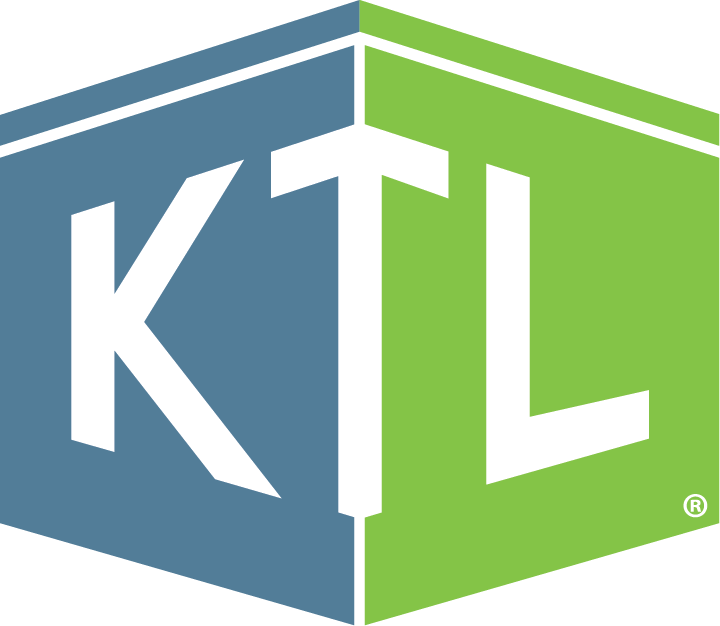
Food Safety
Comments: No Comments
The U.S. Department of Agriculture (USDA) published the Pathogen Reduction; Hazard Analysis Critical Control Point (HACCP) Systems Final Rule (9 CFR 417.2(b)(1)) in July 1996, mandating all USDA-inspected meat and poultry establishments implement a system of controls to improve the safety of their products (i.e., a HACCP Plan). To assist in developing these HACCP Plans, the USDA Food Safety and Inspection Service (FSIS) developed a guidebook, accompanied by a generic HACCP model for each food processing category defined in the regulation. Recently, the FSIS published revised models for three different processing categories.
New Models
In June 2025, the FSIS released the two new generic HACCP models for egg products:
- HACCP Model for Pasteurized Liquid Egg Products (Fully Cooked – Not Shelf Stable Category), which includes pasteurized liquid whole egg, pasteurized liquid egg white, pasteurized liquid egg yolk, pasteurized scrambled egg mix products.
- HACCP Model for Dried Egg Products (Heat Treated Shelf Stable Processing Category), which includes spray-dried whole egg, spray-dried egg white, spray-dried egg yolk, spray-dried yolk, and whole egg blends products. This HACCP model illustrates the Heat-Treated Shelf Stable processing category with a dried egg product.
Published in August 2025, the HACCP Model for Ready to Eat (RTE) Fermented, Salt-Cured, and Dried Products (Not Heat Treated – Shelf Stable) applies to products that are cured, dried, or fermented as the sole means to achieve food safety and uses RTE dried fermented sausage as the example product. Products in this category are shelf stable and may be produced as RTE, including:
- Dried sausage, such as salami and pepperoni (if not heat-treated).
- Semi-dry sausages, depending on the process steps.
- Dried whole muscle products that are mostly dry cured, including dried hams (e.g., prosciutto, parma, and country ham) and dried intact pieces of meat (e.g., dried pork bellies (Pancetta), dried pork shoulders (coppa), and dried beef rounds (bresaola, beef prosciutto, and basturma)).
How HACCP Models Help
The generic HACCP models are written to help small and very small federal- and state-inspected establishments (SMEs) that produce meat, poultry and egg products develop their HACCP Plans. In essence, they help to:
- Translate FSIS rules and regulations into plain language and daily operational practices.
- Provide useful examples of how to meet the regulatory requirements.
Each HACCP model represents a food processing category, such as those outlined above. Each processing category may contain numerous products. The models include a product description, ingredients list, production flow diagram, hazard analysis, and HACCP Plan, as well as details regarding regulations and best practices to meet regulatory requirements.
Importantly, generic HACCP models are not intended to be used “as is”. Rather, they serve as examples that establishments must customize to fit the SME’s operations. For example, the model may lend ideas about which critical control points (CCPs) might be effective, offer guidance on the selection of critical limits, or help Food Safety Teams think more creatively about their processes and HACCP system.
While the generic HACCP models cannot guarantee a facility will meet all the regulatory requirements, they are an excellent resource and provide a solid foundation for developing a HACCP system that is focused on producing safe and wholesome products.
